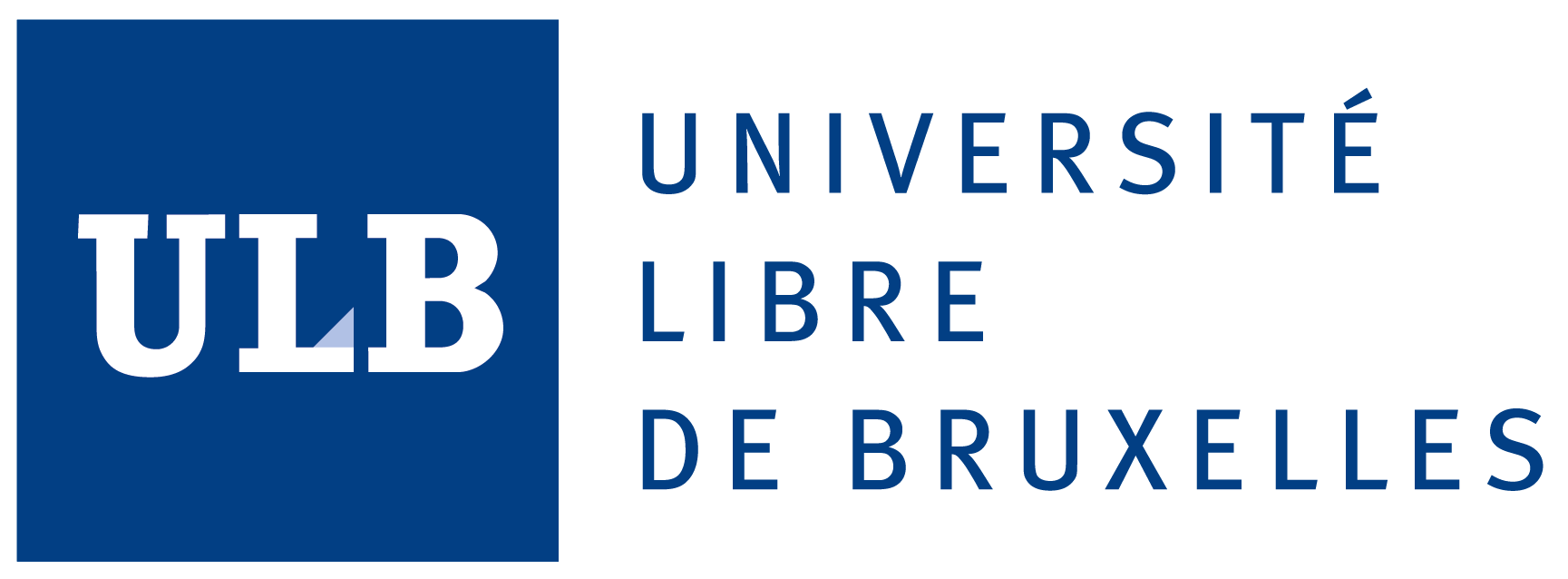Service d'Automatique et d'Analyse des Systèmes
Department of Control Engineering and System Analysis
Brussels School of Engineering

COPTERS: Control of physically interacting terrestrial and aerial swarms
Contact: Emanuele GARONE
The goal of this research project is to develop a methodical framework for the control of a team composed of heterogeneous vehicles, which cooperate to manipulate objects. The long-term vision of this project is to extend the use of autonomous vehicles as effective robotic helpers for construction and maintenance purposes. This vision is empowered by construction applications on Earth in human-denied environments (radioactive, toxic, maritime, center of fires, etc.) and for tele-operated manipulation of objects in outer space through satellites for maintenance missions. Two case studies will support the development of the project: i) the control of two Unmanned Aerial Vehicles (UAVs) tasked to orient a beam suspended by a crane; ii) the cooperative control of a UAV and an Unmanned Ground Vehicle (UGV) to position and orient a bar. To reach these objectives, the most promising solution is based on the following architecture consisting of three layers: a nonlinear control law that ensures the stability of the various configurations of equilibrium of the team; a reference supervision management that, whenever necessary, modifies the reference applied to the system to ensure dynamics constraints; a motion planner generating a steady-state admissible reference trajectory, thus taking into account steady-state constraints. The proposed case studies will be used both as inspirations and to evaluate the effectiveness of the proposed control framework. Two lab-scale experimental setups reproducing these two scenarios will be developed to demonstrate the effectiveness of the proposed solutions. The project will ultimately aim at developing a general control framework that can be adaptable to a large number of scenarios (different numbers of robots, different manipulation operations, etc.).
